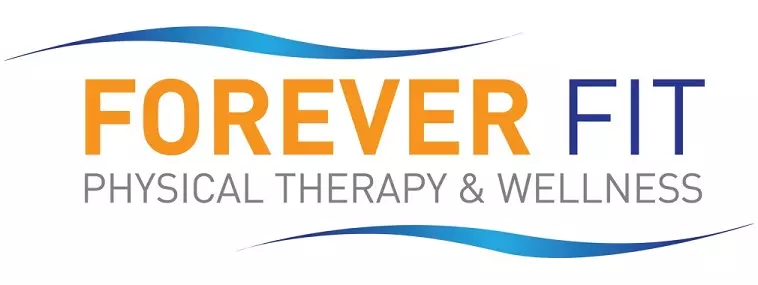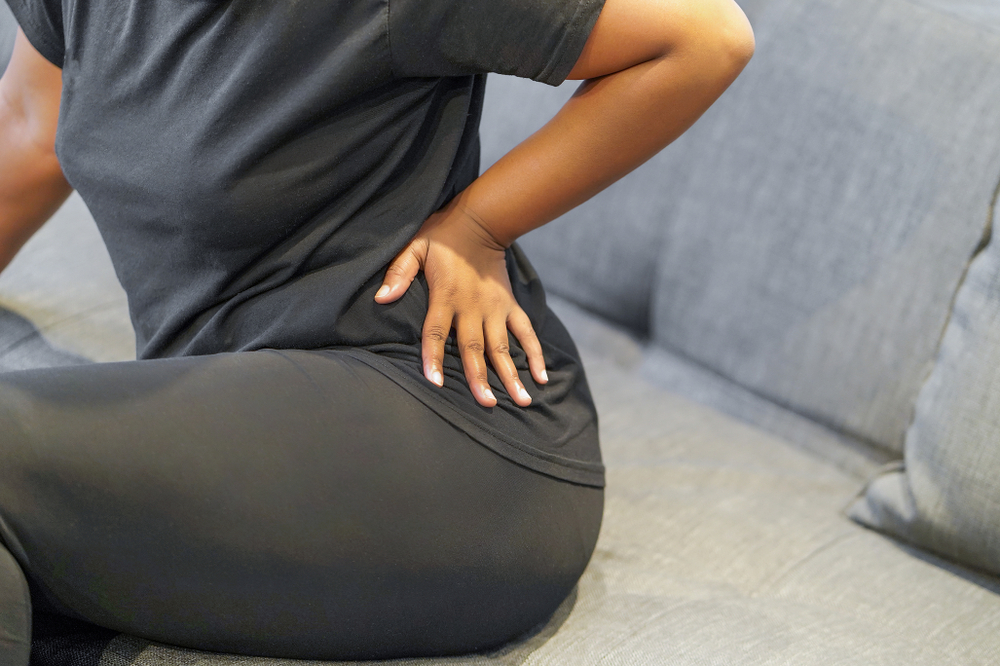Your hip joint is a ball-and-socket joint and one of the largest joints in your body and is the connection point between your legs and torso. It is made up of your femur (thighbone) and pelvis (hip bone), supports your body weight, and allows you to move your upper leg. In addition to your bones, your hip joint is also made up of cartilage, bursae, ligaments, tendons and muscles. If you are experiencing hip pain, which can be caused by a variety of reasons, it can have a drastic effect on your quality of life. The good news is that physical therapy may be able to help relieve your pain and address the underlying issue causing it.
Signs and symptoms of hip pain
Your hip joints are strong and stable if you are in good health and it typically takes a lot to cause injury to your joints. You can be more at risk of hip injuries if you run or play a contact sport or you are advancing in age. Any hip pain can benefit from seeking physical therapy. Signs of hip pain can include:
- Limited range of motion.
- Radiating pain in your groin area.
- Pain in the side of your hip when lying on your side.
- Pain when standing.
- Stiffness.
- Low back pain.
- Numbness.
- Tingling “pins and needles.”
- Cracking, crunching, snapping or clicking sounds when moving.
Potential causes of hip pain
The hip is a strong, stable and mobile joint but is still susceptible to a variety of issues. Issues that could be the culprit behind your hip pain can include:
- Bursitis — The bursae are small fluid-filled sacs that help lubricate and reduce the friction between the moving parts of your joints. When these sacs become irritated and inflamed, it is called bursitis, and it can be caused by repetitive motions or injury, but with proper treatment, bursitis pain can go away in a few weeks.
- Tendinitis — Tendinitis is caused by the repeated stress of muscle contractions causing microtears in the muscle and tendon fibers when adequate recovery time isn’t allowed. Hip tendinitis is caused when the hip flexor muscles become inflamed. With rest, physical therapy and other treatments, full recovery may be achieved.
- Labral tear/hip impingement — The labrum is soft tissue that covers the socket of the hip. It can become torn due to injury, structural problems or even degenerative issues. This tear can cause symptoms of pain or stiffness in the hip. Hip impingement happens because the head of the femur (thighbone) doesn’t fit properly into the hip socket. It can cause friction and abnormal wear on the joint; it can also lead to a hip labral tear. Symptoms of hip impingement include pain, difficulty moving the hip, stiffness, limping or a loss of balance. Men are more often affected by hip impingement than women.
- Sciatica — The sciatic nerve goes from the lower back down through the hips and into the legs. When this nerve becomes irritated, it can cause sciatica. It can also be known as a hip impingement depending on where the sciatic nerve is compressed. This can cause pain or numbness in the hips; the pain can range from mild to severe. Sciatica can go away in four to six weeks, but it can ease more quickly with the help of physical therapy.
- Broken femur — Your femur is the strongest bone in your body. Due to its strength, it is incredibly difficult to break and is most often broken due to a car accident. It almost always requires surgery to help. Recovery of a broken femur typically takes three to six months to heal. Physical therapy can help you regain muscle strength you lose during the healing process.
- Osteoarthritis — Osteoarthritis is a common degenerative condition that can cause pain and become worse over time. Hip osteoarthritis is caused by the damage of cartilage in the hip joint. As the cartilage is damaged, it can cause the bones to rub against each other, causing pain in the hip joint. There is currently no cure for osteoarthritis, but it can benefit from physical therapy treatment.
- Osteoporosis — Osteoporosis causes the bones to become weak and brittle. This weakness and brittleness can lead to a fall or mild stress causing a fracture. One of the most common fractures due to osteoporosis is a hip fracture. Exercising with physical therapy can help you build strong bones and slow down bone loss. This can be done with strength training exercises, weight-bearing exercises, and balance exercises.
Physical therapy to help your hip pain
Physical therapy is an effective option for managing hip pain without medication. It can help you alleviate pain, improve your range of motion and strength, and also help you regain the ability to do your normal activities. Physical therapy treatments that can be beneficial include:
- Manual therapy — Manual therapy techniques like soft tissue mobilization and joint mobilization can help alleviate your hip pain and improve joint function.
- Graston Technique® — The Graston Technique is an instrument-assisted soft tissue mobilization technique intended to help improve the function of your hip joint.
- Trigger point dry needling — Dry needling in myofascial trigger points can help reduce pain you are experiencing.
- Balance and fall prevention — This physical therapy technique can be beneficial to those with osteoporosis to help them improve their balance, thus helping prevent the risk of falls.
- Exercise prescription — Our team at Forever Fit Physical Therapy will provide you with a customized exercise program to best address any weakness or muscle imbalance associated with your hip pain.
Forever Fit can treat your hip pain
Physical therapy can be invaluable in helping you to find pain relief and improved hip function. Our team at Forever Fit Physical Therapy & Wellness can design a customized treatment plan intended to improve your quality of life. Our licensed physical therapists are ready to help you take the steps you need to meet your health and wellness goals that are currently hampered by your hip pain.
Contact our team today for more information or to schedule an initial appointment.

